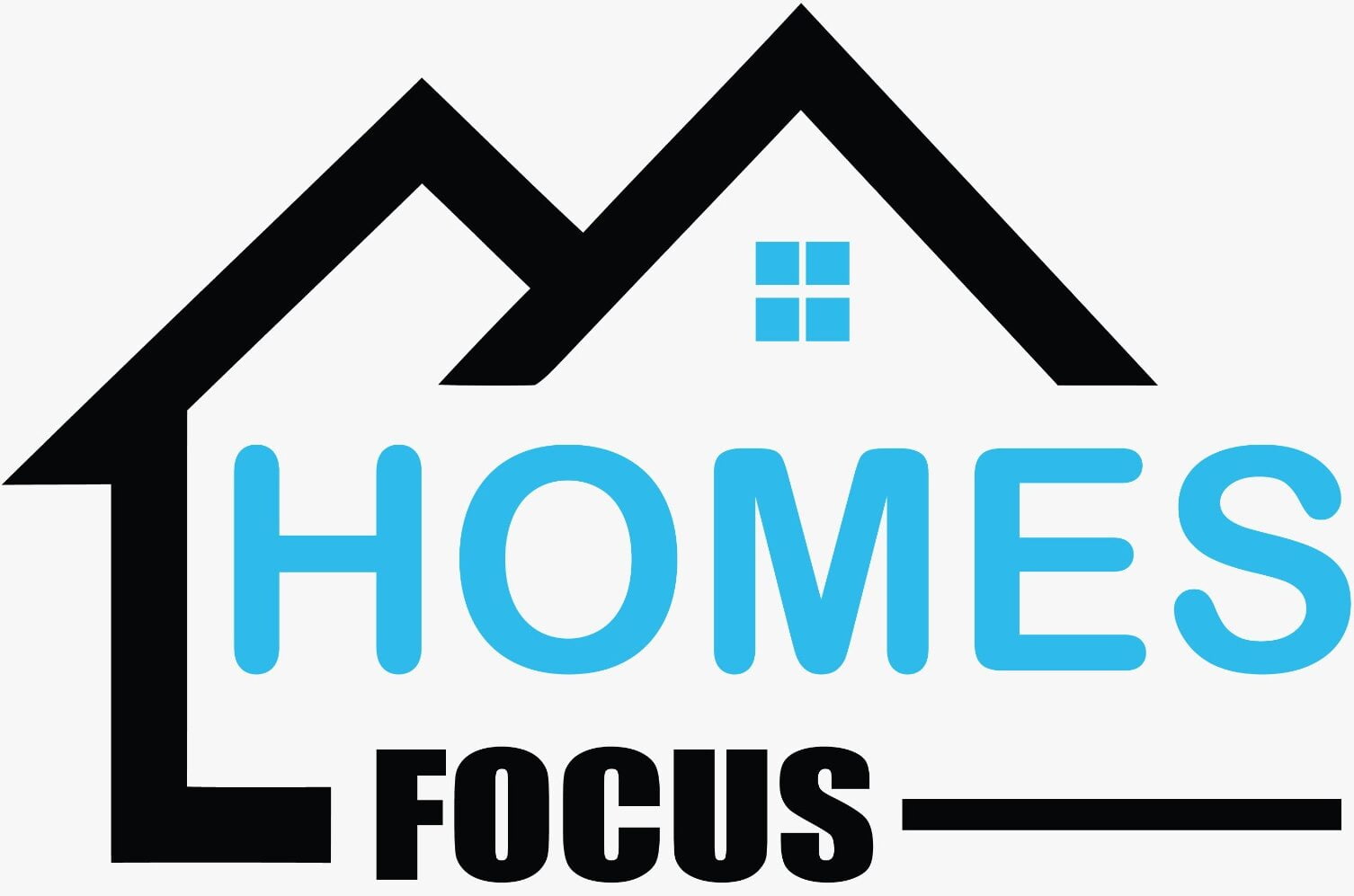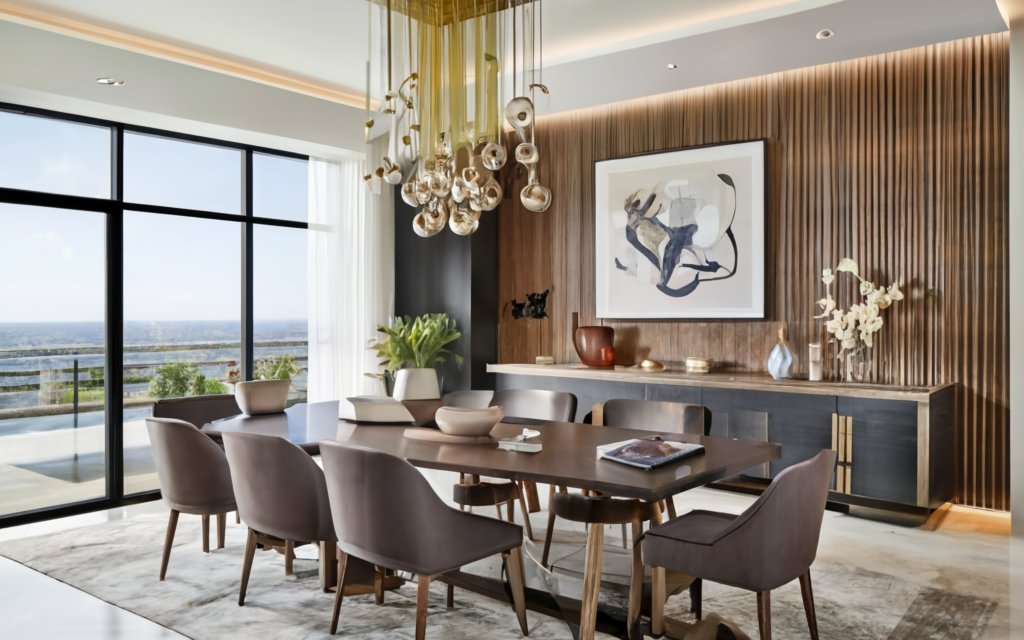Introduction to Dining Room Accent Walls:
What is a Dining Room Accent Wall?
A dining room accent wall is a single wall within your dining space that is designed to stand out from the other walls. This wall becomes the focal point of the room, often featuring different colours, textures, or materials compared to the surrounding walls. Accent walls are an excellent way to add personality and visual interest to your dining room without overwhelming the entire space.
In this article, we explore Dining Room Accent Walls, addressing both their merits and the potential reservations they may evoke. We will thoroughly examine the technological intricacies underpinning these decor elements. If you want to read more information, particularly regarding Creative Game Room Wall Decor Ideas in 2024, please read this article for further assistance.
Benefits of Adding an Accent Wall in Your Dining Room:
Adding an accent wall in your dining room offers several benefits:
- Visual Interest: It breaks up the monotony of the room and adds depth.
- Focal Point: It creates a natural focal point, drawing attention to a specific area.
- Personal Expression: It allows you to showcase your style and creativity.
- Cost-Effective: It can be a budget-friendly way to transform the look of your dining room.
Choosing the Right Wall for Your Dining Room Accent:
Identifying the Focal Point:

To choose the right wall for your dining room accent, identify the focal point of the room. This could be the wall behind your dining table, a wall with a significant architectural feature, or the first wall you see when entering the room. The chosen wall should naturally draw attention.
Considerations for Wall Placement:
Consider the following when selecting the wall:
- Lighting: Choose a wall that is well-lit to highlight the accent features.
- Balance: Ensure the accent wall balances the room’s layout and furniture placement.
- Viewpoints: Think about how the wall will be viewed from different angles within the room.
Popular Materials for Dining Room Accent Walls:
Painted Accent Walls:
Painting is the simplest and most versatile way to create an accent wall. Choose a bold or contrasting colour to make the wall stand out. Consider using patterns or stencils for added interest.
Wallpaper Accent Walls:
Wallpaper offers endless design possibilities, from subtle textures to bold patterns. It can instantly elevate the dining room’s ambience with minimal effort.
Wood Panel Accent Walls:
Wood panels add warmth and a rustic charm to the dining room. Options include reclaimed wood, shiplap, or modern wooden slats.
Textured Accent Walls:
Textured walls, such as those with plaster or 3D panels, add depth and a unique tactile element to the room. They can be painted or left in their natural finish for a dramatic effect.
Colour Schemes for Dining Room Accent Walls:
Bold and Bright Colors:
Bold colours like deep blues, rich reds, or vibrant yellows can create a striking accent wall. These colours make a statement and add energy to the dining room.
Neutral and Subtle Tones:
For a more understated look, consider neutral tones such as beige, grey, or soft pastels. These colours can create a sophisticated and timeless accent wall.
Using Contrasting Colors:
Contrast can be achieved by pairing light and dark shades or complementary colours. This technique emphasizes the accent wall and enhances the room’s visual appeal.
Coordinating with Existing Decor:
Ensure the accent wall color complements the existing decor and furniture in your dining room. This creates a harmonious and cohesive look.
Design Ideas for Dining Room Accent Walls:
Modern and Minimalist Designs:
Opt for clean lines, simple patterns, and neutral colours to create a modern and minimalist accent wall. This style is perfect for contemporary dining rooms.
Rustic and Farmhouse Styles:
Incorporate natural materials like wood and stone, and choose earthy colours to achieve a rustic or farmhouse look. This style adds warmth and a cosy feel to the dining room.
Elegant and Classic Looks:
For an elegant and classic dining room, consider using rich colours, ornate patterns, or luxurious materials like marble. These elements exude sophistication and timelessness.
Eclectic and Artistic Approaches:
An eclectic style allows for a mix of patterns, colours, and textures. This approach is ideal for those who want to showcase their artistic side and create a unique dining room.
How to Create a DIY Dining Room Accent Wall?
Planning Your Design:
Start by planning your design. Sketch out your ideas, choose your colours or materials, and decide on the placement of the accent wall. Measure the wall to determine how much material you will need.
Gathering Materials and Tools:
Gather all necessary materials and tools before starting your project. This might include paint, wallpaper, wood panels, adhesives, brushes, rollers, and protective coverings.
Step-by-Step Installation Guide:
- Prepare the Wall: Clean and prime the wall to ensure a smooth surface.
- Apply Material: Depending on your chosen material, either paint, apply wallpaper, or install panels. Follow manufacturer instructions for best results.
- Finishing Touches: Add any finishing touches like trim or sealant. Allow everything to dry or set properly before moving furniture back.
Professional Services for Dining Room Accent Walls:
Hiring an Interior Designer:
An interior designer can provide expert advice and help bring your vision to life. They can assist with material selection, colour schemes, and overall design.
Working with a Contractor
If you prefer not to DIY, hiring a contractor can ensure a professional and high-quality finish. Contractors can handle installation, especially for more complex materials like stone or wood.
Cost Considerations:
The cost of creating a dining room accent wall can vary widely depending on materials and labour. DIY projects can be more budget-friendly, while professional services will incur higher costs.
Enhancing Your Dining Room Accent Wall with Decor:
Wall Art and Paintings:
Add wall art or paintings to your accent wall to personalize the space. Choose pieces that complement the wall’s colour and style.
Shelving and Display Items:
Install shelves to display decorative items, books, or plants. This adds functionality and visual interest to your accent wall.
Lighting and Fixtures:
Incorporate lighting to highlight your accent wall. Wall sconces, picture lights, or pendant lights can enhance the wall’s features and create a cosy ambience.
Case Studies: Stunning Dining Room Accent Walls
Real-Life Examples:
Explore real-life examples of dining room accent walls to gather inspiration. Look at different styles, materials, and colour schemes to see what resonates with you.
Before and After Transformations:
Check out before and after photos to see the dramatic impact an accent wall can have on a dining room. These transformations can provide motivation and ideas for your project.
Lessons Learned from Successful Projects:
Learn from the experiences of others by reading about successful accent wall projects. Discover tips and tricks that can help you avoid common pitfalls and achieve the best results.
Conclusion:
Recap of Key Points:
A dining room accent wall can transform your space by adding visual interest, creating a focal point, and expressing your style. Whether you choose to DIY or hire professionals, the possibilities are endless.
Encouragement to Start Your Project:
Don’t hesitate to start your dining room accent wall project. With careful planning and creativity, you can create a stunning and unique dining space that reflects your taste.

